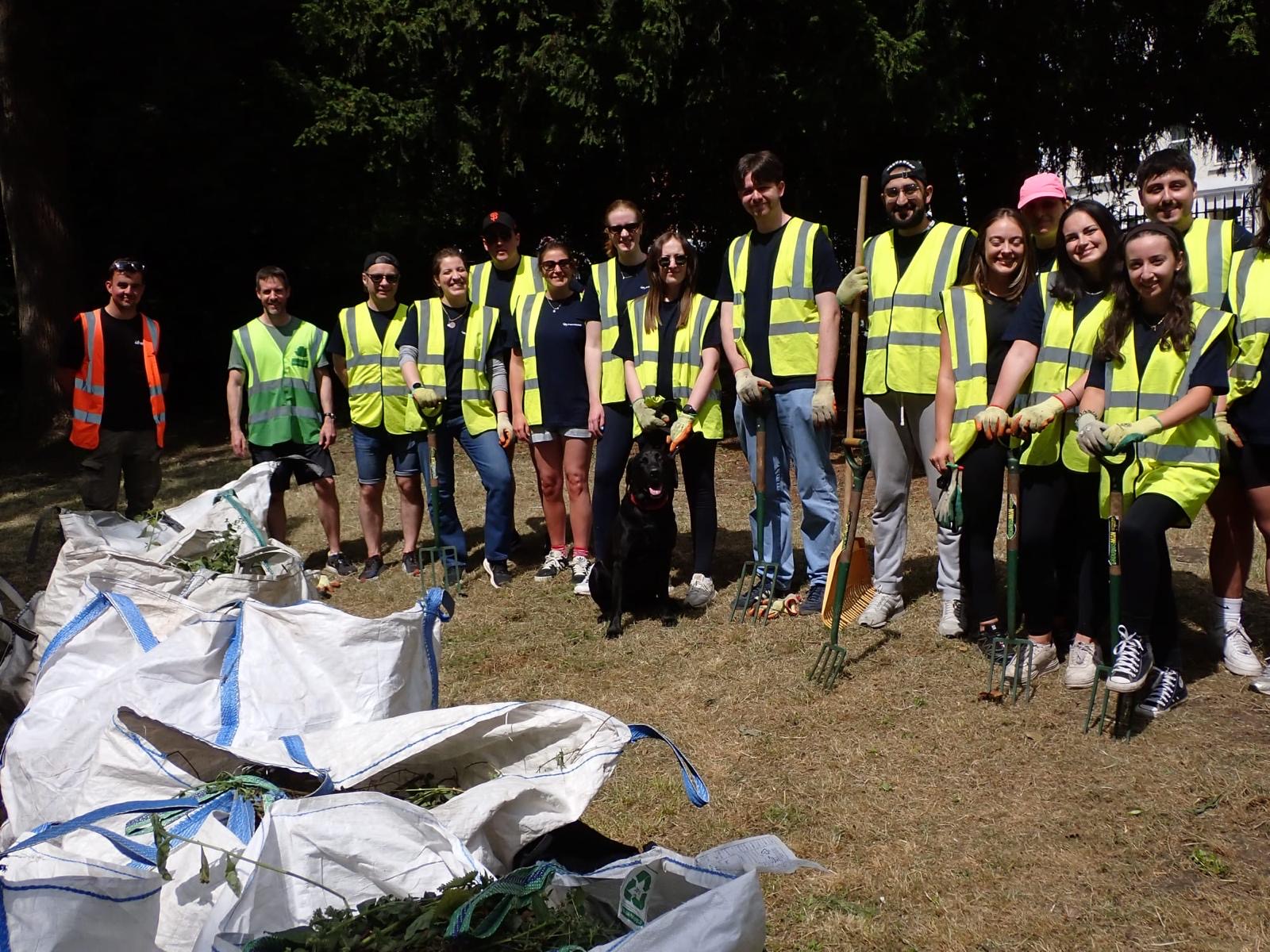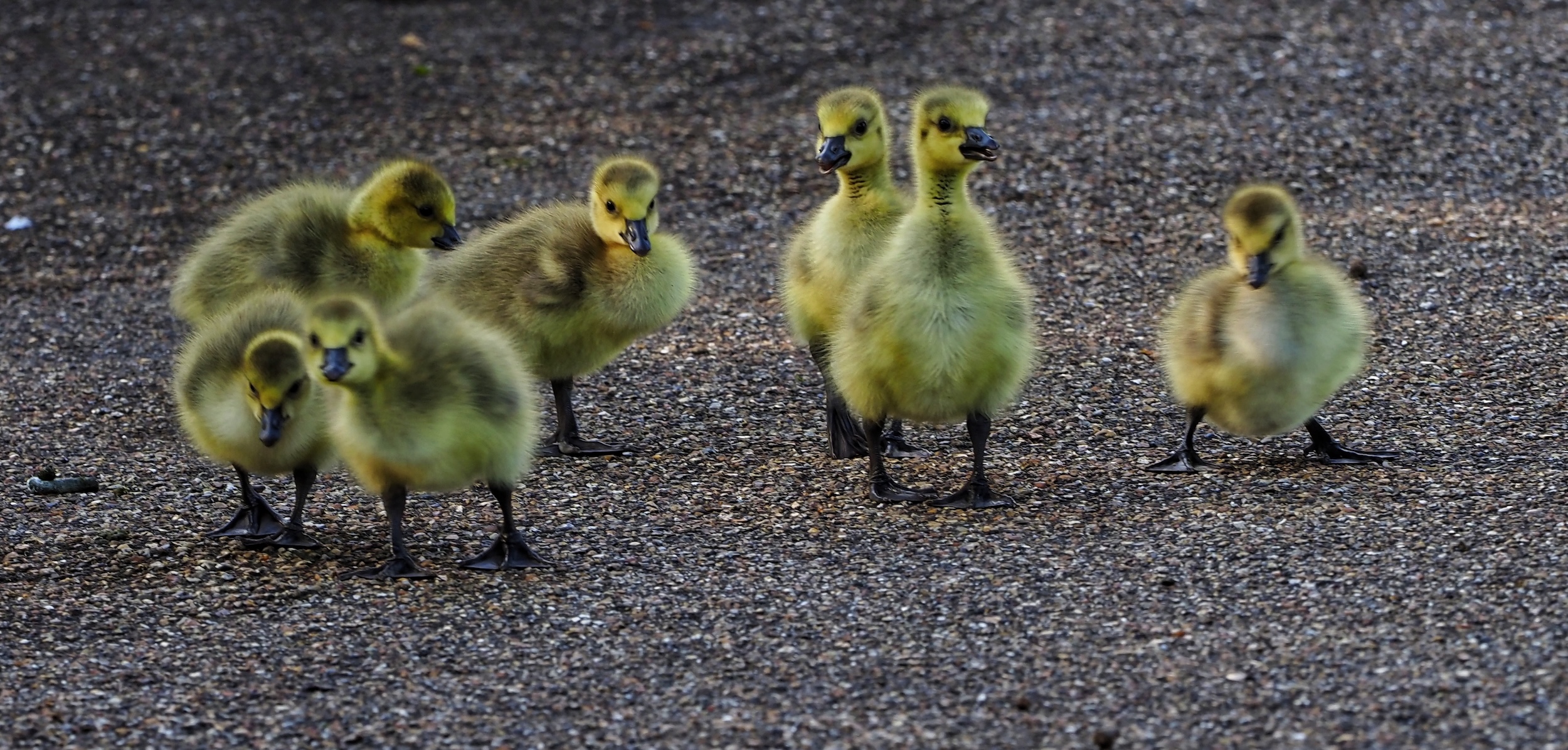
Nature & Biodiversity in Bishop’s Park
Like many of London’s green spaces, Bishop’s Park is more than just a place to walk, relax,or play, it’s a thriving urban oasis, alive with wildlife. From ducks, geese and dragonflies by the pond, to bees, butterflies, foxes, stag beetles and bats, the park is teeming with life.
As the Friends of Bishop’s Park, one of our central aims is to protect and enhance this rich natural life. In the last couple of years we’ve been putting biodiversity front and centre, working closely with the Council, local volunteers, and conservation experts to improve habitats for the wildlife that calls this park home. In late 2024, an ecological survey awarded Bishop’s Park (including Fulham Palace and All Saints Churchyard) a Grade 1 Site of Borough Importance – a high conservation rating recognising rare or locally scarce species.
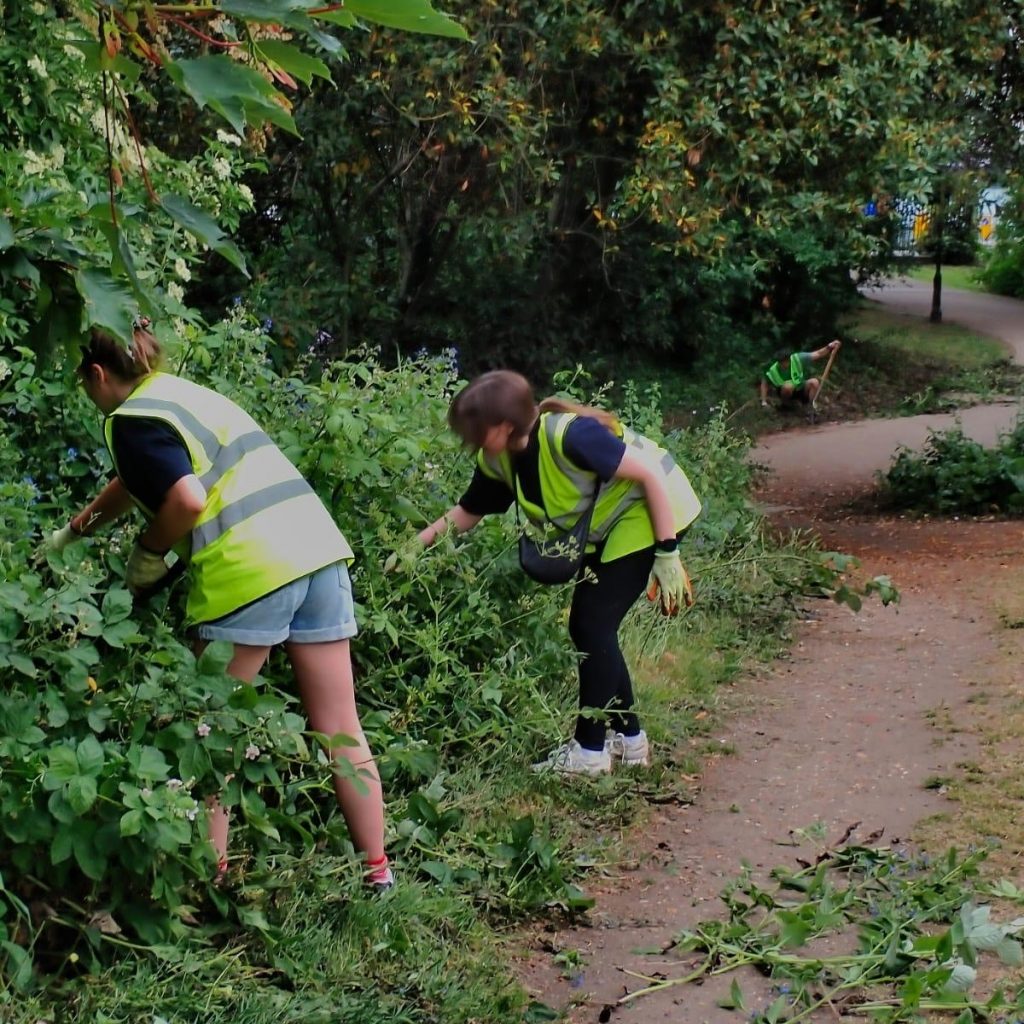
What we’ve done so far
- Bird and Bat Boxes: Together with the Council we have installed many bird boxes (and a few bat boxes) around the park. These provide safe nesting spaces and have proven very successful.
- Stumperies for Insects & Fungi: Several stumperies – arrangements of half-buried logs – are in place across the park, which create shaded, moist habitats ideal for insects, fungi, and mosses.
- Wildflower Meadow in the Moat Garden: In Summer 2024 we sowed our first wildflower meadow in the moat garden with a mixture of native annual and perennial flowers. In Autumn 2025 we sowed a second meadow and hope to see both bloom in Spring 2026.
- Invasive Species Removal: Following recommendations from conservation experts, we’ve been hard at work removing invasive green alkanet from the Moat Garden throughout 2025. Thanks to our local volunteers and a corporate volunteer day with Irwin Mitchell, we’ve cleared large areas, and native plants are now returning.
- Big Butterfly Count: We took part in the national survey in Summer 2025. One survey by the pond recorded 21 butterflies and 9 different species, our highest ever result.
Plans for 2026
- Planting for the pond: Though the pond has excellent marginal vegetation, there is no submerged plant life due to a concrete base. We’re exploring nature-friendly planting solutions that can go into the pond in Spring 2026.
- Planting for Pollinators: The Council are supporting with flowers and plants in a couple of areas of the park, which will make the areas look nicer, while providing for pollinators.
- More Stumperies & Conservation areas: We’ll be looking for more areas to add another stumpery, and other areas that can be set aside as conservation areas where we let the grass grow longer. Look out for signs explaining these zones and check out our map below..
- Removing Invasive Species: While we removed a lot of green alkanet in 2025, it is growing back fast in certain parts of the Moat Garden. We’ll work to remove as much of this as we can in Spring, with the help of members and local volunteers.
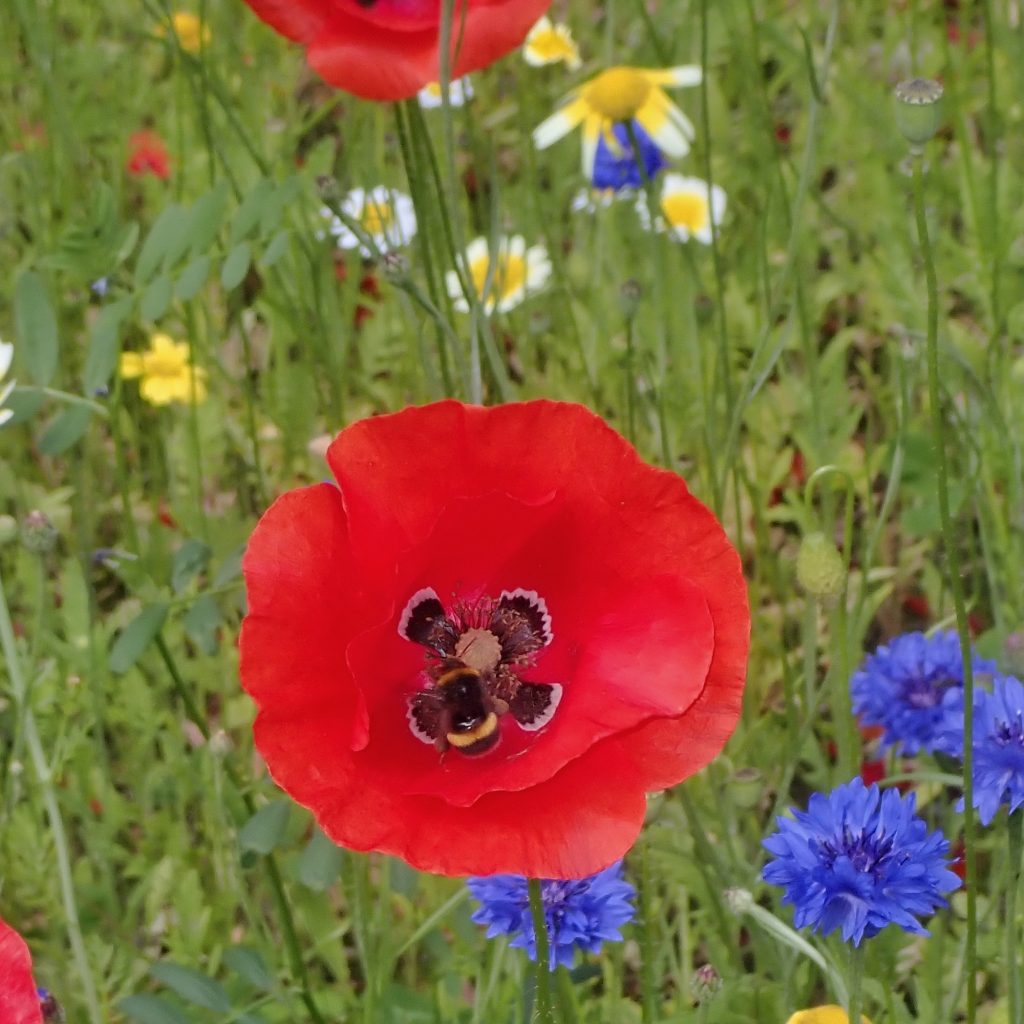
Bishop’s Park Interactive Nature Map
This map contains all the nature initiatives that have been done around the park. Open it in a new window to show or hide the layers.
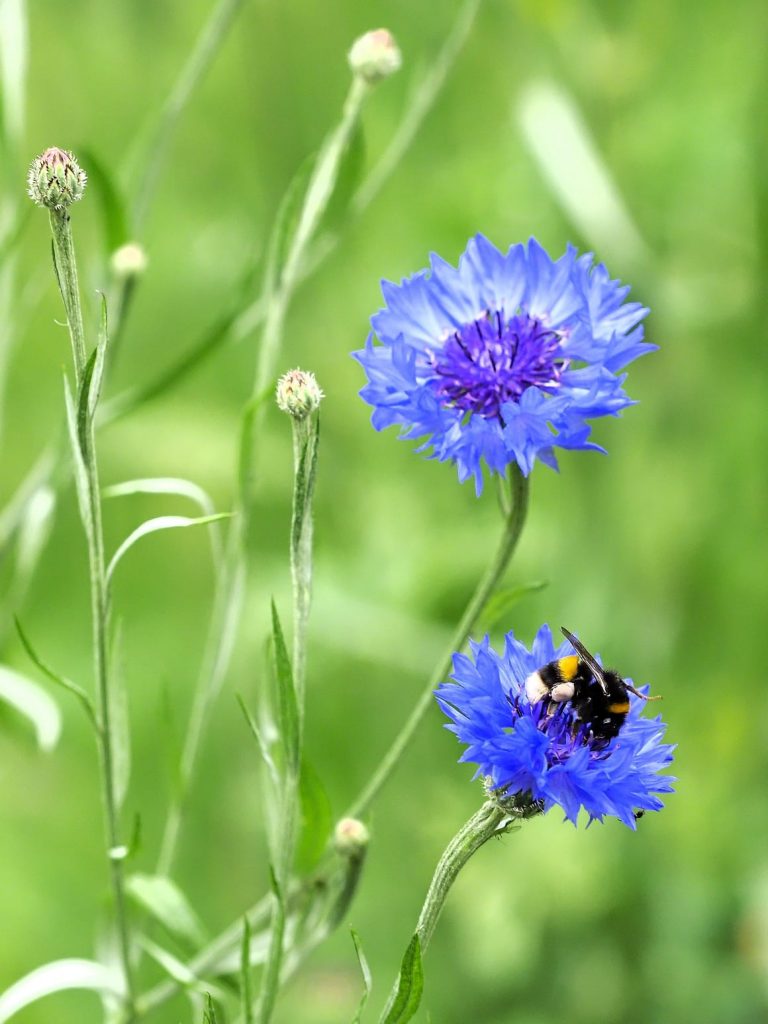
Recording Nature Sightings
iNaturalist
iNaturalist is a social network for naturalists. Use it to record your observations of plants and animals, and learn about the nature in your area.
Please contribute to observations for Bishops Park.
iNaturalist app: iOS • Android
iRecord
You are also encouraged to record observations of plants and animals on iRecord.
Take part in the Big Butterfly Count
The Big Butterfly Count takes place across the UK each Summer. Get involved by downloading the app and submitting a recording in the park.
Together, we can help nature thrive in Fulham. We are always looking for enthusiastic and interested people to get involved and become members of the Friends group. Please email chair.bishparkfriends@gmail.com or fill in this form if you’d like to join us.
Be part of something bigger.
Join Friends of Bishop’s Park today, and be a friend to nature.
